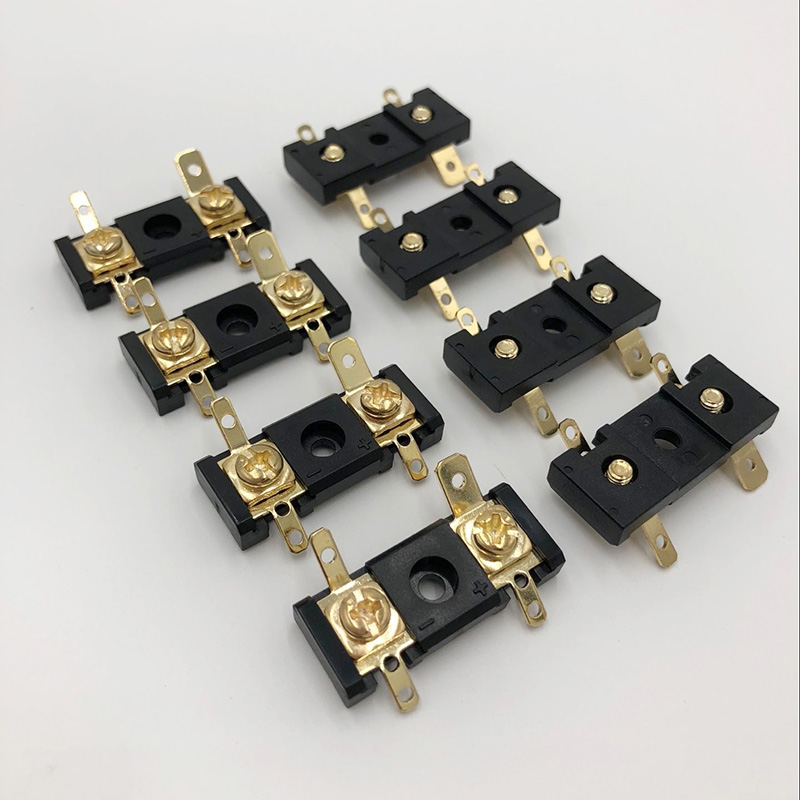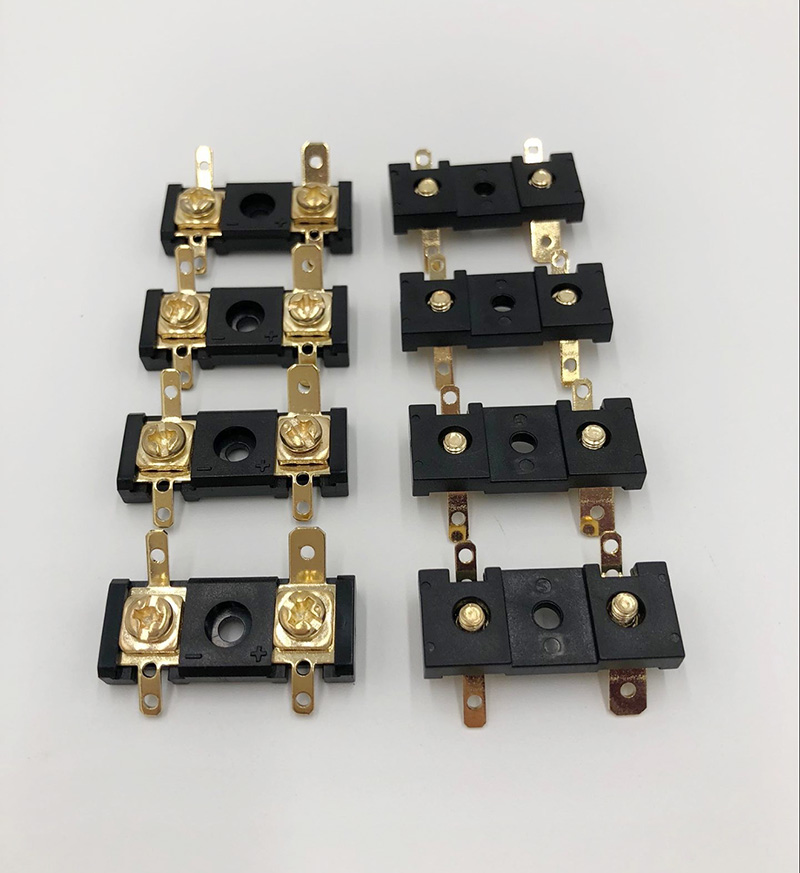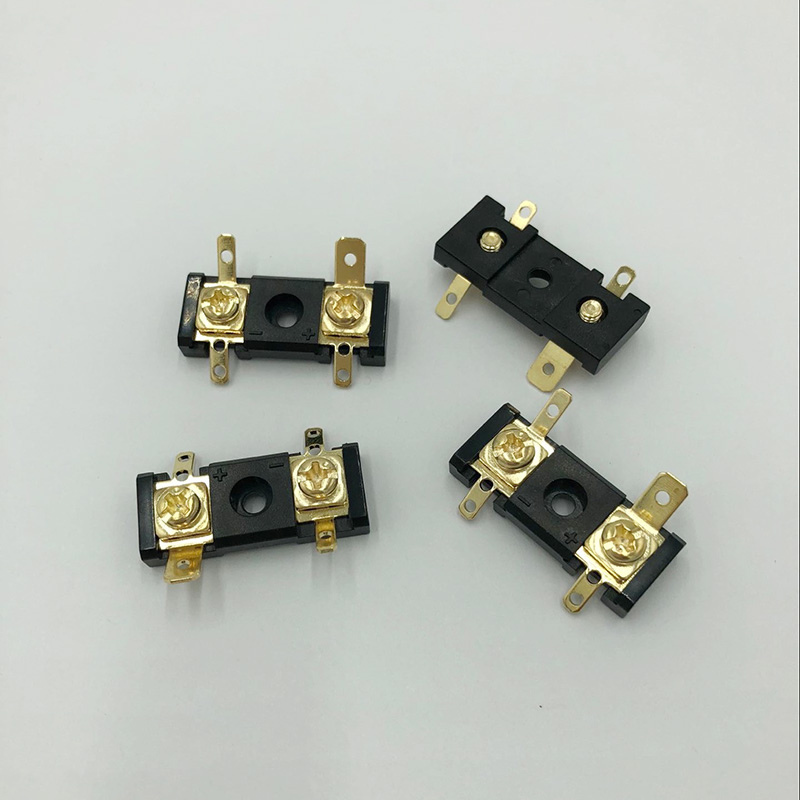The original sample taken out needs to be processed a little. The processing of the sample generally includes four steps of sieving, crushing, mixing, and shrinking. The processing method depends on the application of the sample. If the sample is to be sieved, the original particle size composition must be maintained. The sample only needs to be mixed and reduced. The operating techniques of each process are summarized as follows:
(1) Before sieving and crushing, the sample is first pre-screened to reduce the amount of crushing work. After crushing, it is also checked and screened, and the unqualified coarse particles are returned to be crushed. For coarse crushing operations, if there are not many fine particles, it is not necessary to pre-screen. The coarse sieve is multi-screened by hand, and the fine sieve can be mechanically shaken.
(2) Broken in the first and second sections of the laboratory, the common tiger mouth is broken. The first section of the tiger mouth is 150 mm × 100 mm or 200 mm × 150 mm, the largest piece of the ore is 100 mm or 140 mm; the second section of the tiger mouth is 100 mm × 60 mm, and the size of the ore discharge is controlled at 6 ~ 10 mm, the crushing size should be reduced as much as possible when the equipment is allowed; the third section is multi-purpose roller machine, the specification is ≯200 mm×70 mm, or 200 mm×125 mm, and the newly produced jaw crusher can also be used . The size of the ore discharge can be controlled below 2 to 3 mm.
If an analytical sample is to be prepared, the broken product is ground through a disc grinder. If there is no disc grinder, it can be ground with a laboratory type ball mill .
(3) Mixing and mixing is an important process for sample processing. The commonly used mixing methods are as follows:
â‘ shift cone method i.e. iron shovel repeatedly cone stack, must be to the next sample from the center of the stack when the stack of cones, so as to be substantially equal amounts from the apex flow Quartet. When moving from the first stack to the second stack, it is best to gradually move the position of the shovel along the circumference of the cone. Repeat this 3 to 5 times to mix the sample.
The 2 ring cone method is similar to the moving cone method. When the first cone is piled up, instead of moving it directly to the second cone, it is twisted from the center into a large ring, and then the ring is stacked into a cone. It is generally necessary to pile up a cone three times to mix.
3 Tumble method When handling a small amount of fine material, it is usually mixed by tumbling method by placing the sample on a blanket. Roll one or two diagonal corners of the cloth in turn to roll the sample evenly.
(4) The shrinkage of the sample is carried out after thorough mixing, and the following methods are commonly used for the reduction.
1 quartering method The sample is piled into a cone, flattened into a round cake shape, separated into four points along the cross line by an iron plate, and the two points of the diagonal line are combined into one minute sample. The essence is to divide the sample into two, and it can be repeated as described above, and the sample is reduced to a small amount of sample required.
The 2 square method mixes the sample and spreads it into a thin layer, which is divided into many small squares, and then sampled by grid with a flat bottom shovel. In order to ensure the representativeness of the sample, the squares should be even, the amount of each sample is roughly equal, and each shovel should be shoveled to the bottom. This method is suitable for fine material shrinkage, and can be used to separate multiple small samples continuously, and is often used for taking analytical samples.
3 trough dividers as a special tool for shrinking specimens.
Speaker Terminals
Function: Speaker terminal is used for electrical connection of a kind of accessories products, to achieve the signal transmission function.
Material: Plastic ABS+ copper(Copper metal coating: gold plating)Modular products: there are a variety of different specifications for customers to choose.
Private mold products: can be customized, according to customer samples or drawings for development and production.
Speaker Terminals/Product Display




Terminals
Horn Fitting Terminal,Speaker Fittings Terminal,Terminal For Audio Accessories,Terminal For Auto Speaker Accessories
Fengshun County Boli Electroacoustic Co., Ltd. , https://www.gdfsboli.com
